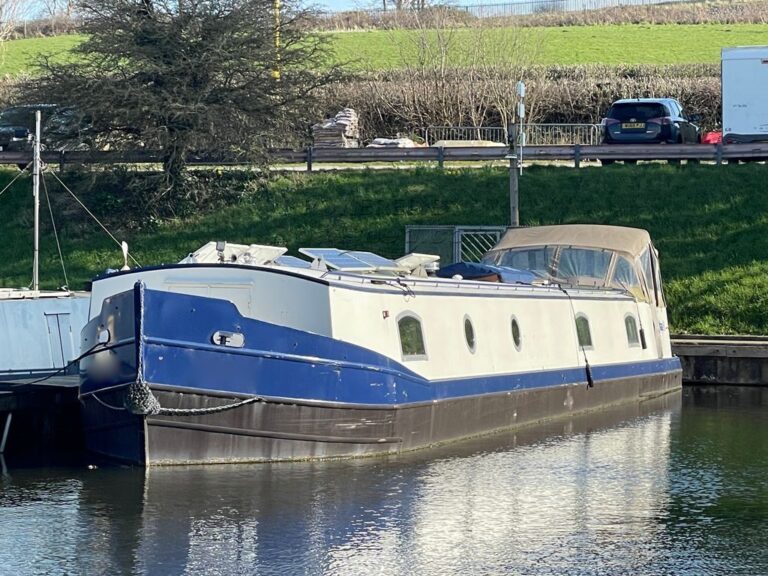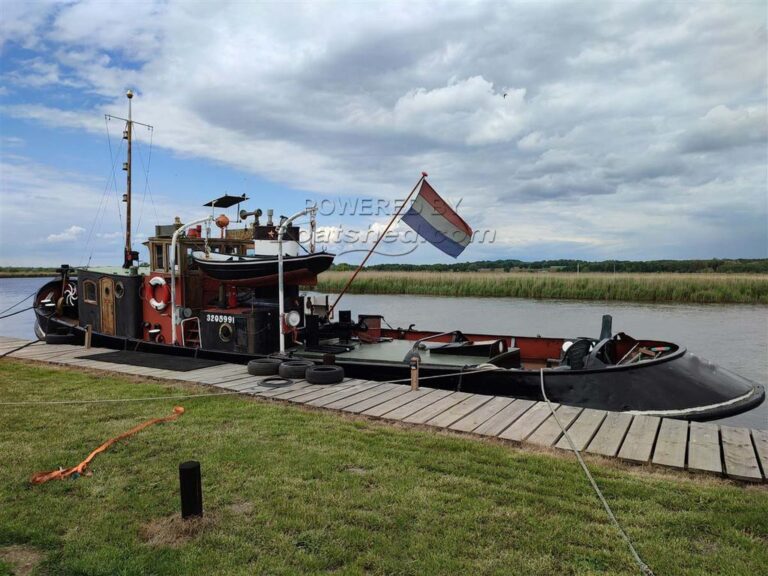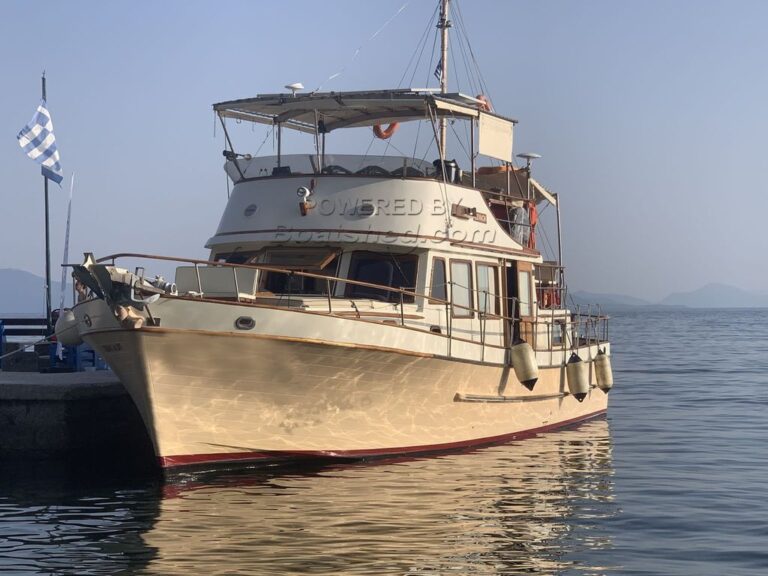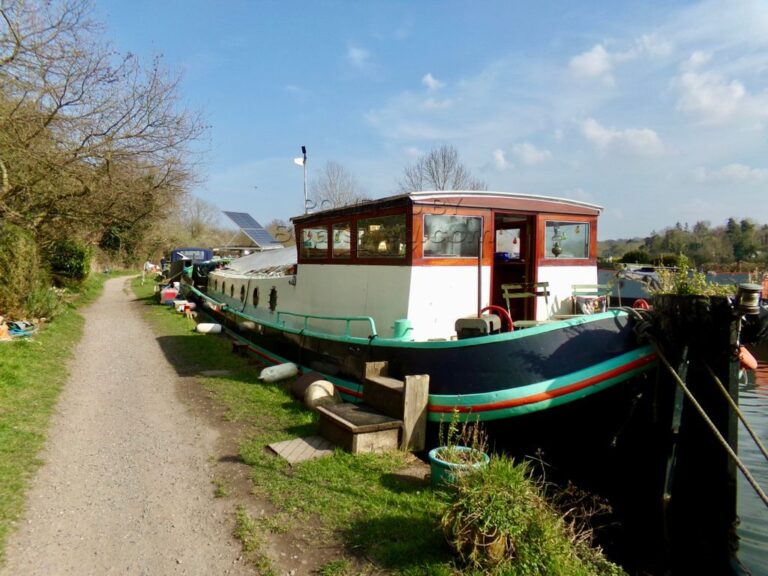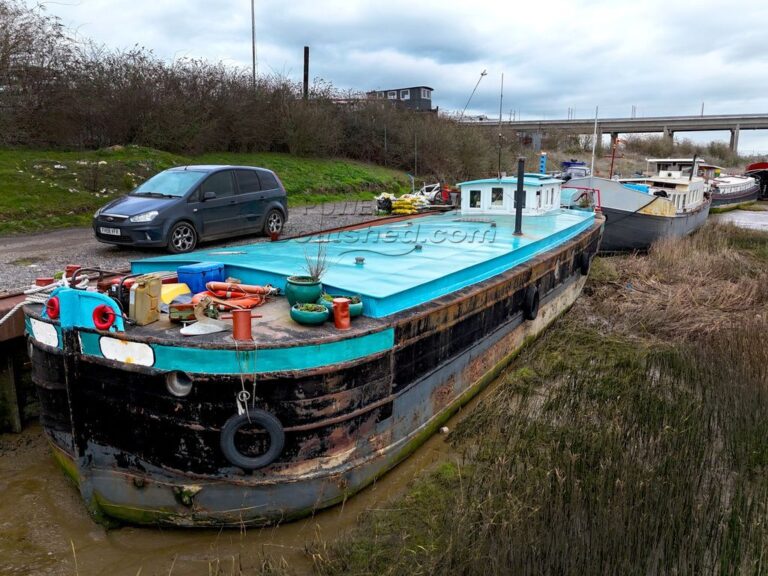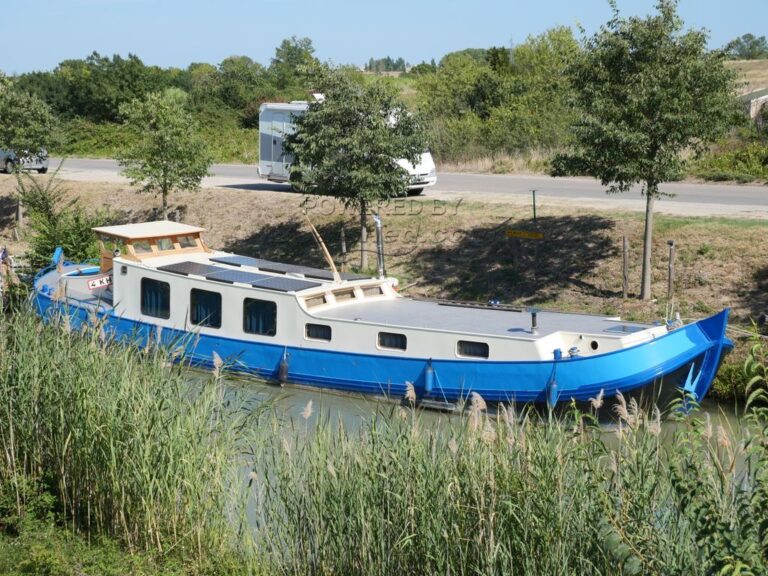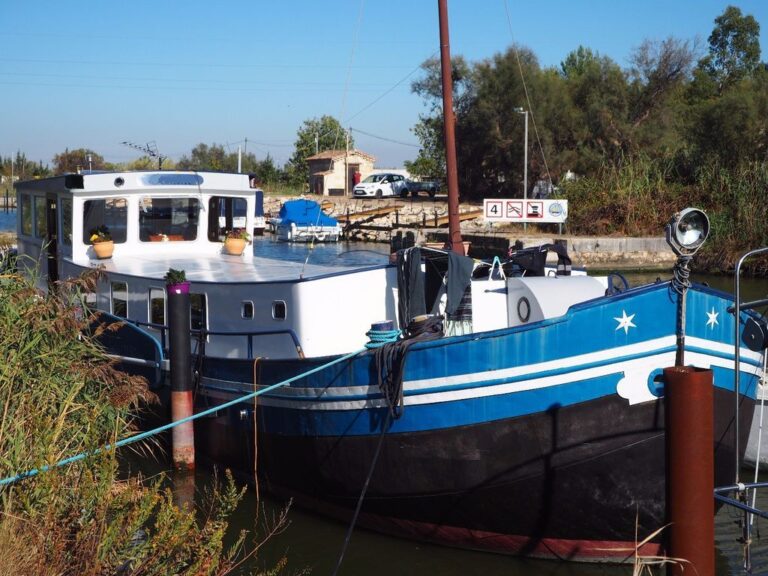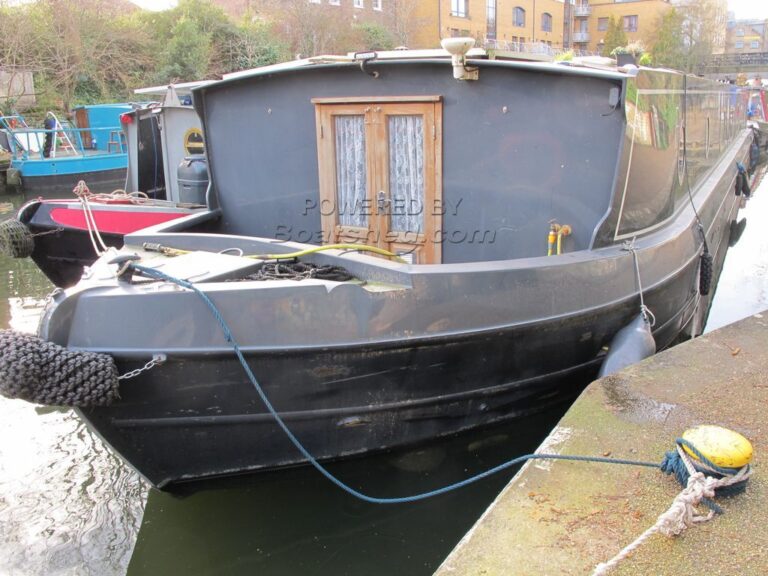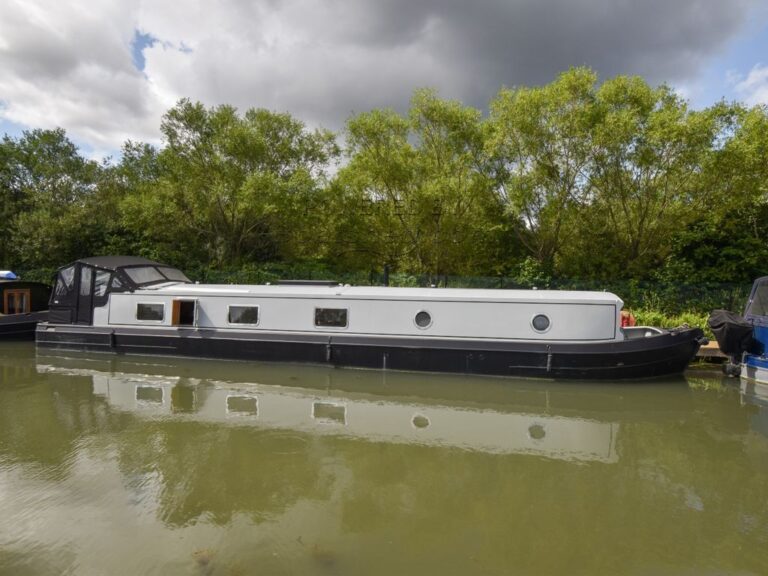Set sail on a voyage through the annals of maritime history as we explore the world’s most iconic maritime museums, each a treasure trove of seafaring tales waiting to be discovered.
The allure of the open sea has captivated humanity for centuries, beckoning adventurers and explorers to set forth into uncharted waters in search of new horizons. From ancient mariners navigating by the stars to modern sailors charting their course with GPS, the history of maritime exploration is as vast and varied as the oceans themselves. Now, more than ever, we have the opportunity to delve into this rich tapestry of seafaring heritage through the world’s maritime museums, where the legacy of maritime innovation, exploration, and trade is preserved for future generations to explore and appreciate.
In this blog, we embark on a virtual journey to 10 iconic maritime museums in the UK and Europe, each offering a unique perspective on the seafaring traditions of their respective regions. From the towering masts of historic warships to the intricate navigational instruments that guided sailors across the seas, these museums bring to life the triumphs and tribulations of maritime history. Join us as we delve into the stories of legendary vessels, brave explorers, and innovative technologies that have shaped the course of human history upon the waves.
National Maritime Museum, Greenwich, UK
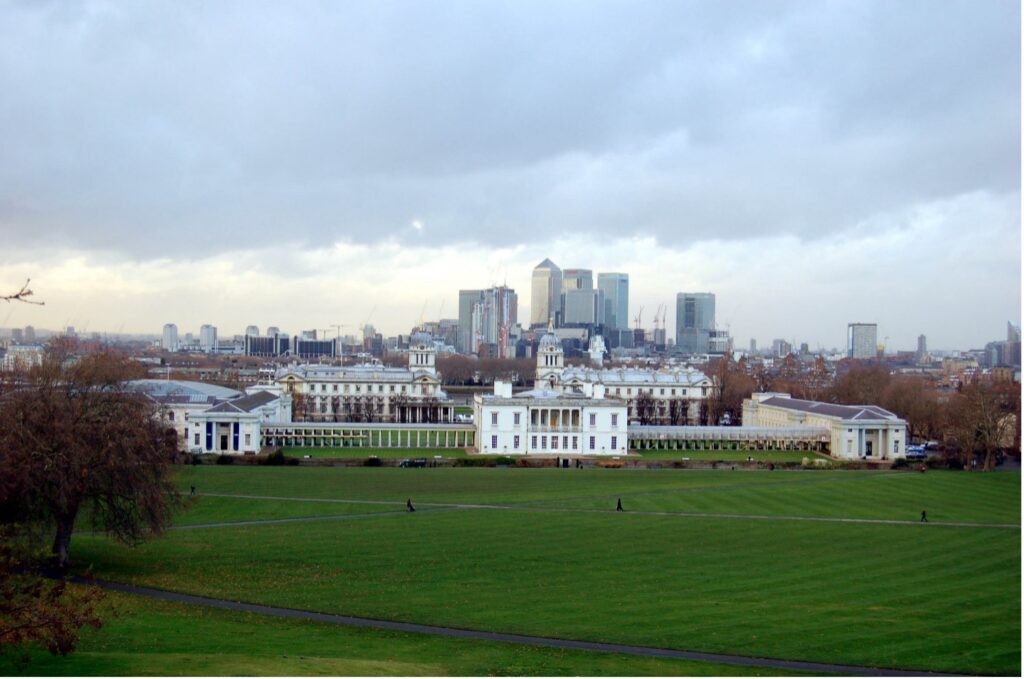
Step ashore and delve into the esteemed National Maritime Museum in Greenwich, where the rich tapestry of Britain’s maritime heritage unfolds before you. Within these hallowed halls lie a wealth of naval artifacts, maritime artistry, and exploration relics, each imbued with the storied past of seafaring endeavours. From meticulously crafted ship models that once traversed distant oceans to the intricate navigational instruments that guided daring voyages, the museum’s collections offer a window into the triumphs and challenges of maritime history.
For contemporary sailors, the museum serves as more than a repository of antiquities—it is a beacon illuminating the relevance of Britain’s maritime legacy in today’s maritime pursuits. Through meticulously curated exhibits and educational programs, visitors gain insights into the enduring principles of seamanship, the resilience of naval innovation, and the indomitable spirit of exploration. Whether navigating modern vessels or charting courses across digital maps, the lessons learned within these walls resonate with sailors of all stripes, forging a timeless connection to our maritime roots.
In an era marked by technological advancements and global connectivity, the National Maritime Museum stands as a testament to the enduring allure of the sea and the enduring legacy of British maritime prowess. As we embark on our own maritime journeys, let us heed the call of history and draw inspiration from the intrepid sailors and explorers who came before us. May the National Maritime Museum be our guiding beacon, illuminating the path forward with the wisdom of the past and the promise of future voyages yet to be discovered.
The Historic Dockyard Chatham, Chatham, UK

Embark on a journey through time as you uncover the illustrious history of the Historic Dockyard Chatham, a bastion of shipbuilding excellence and naval innovation. Nestled along the shores of Chatham, this venerable dockyard stands as a testament to centuries of maritime prowess and ingenuity. From its humble beginnings as a royal dockyard in the age of sail to its pivotal role in shaping Britain’s naval supremacy, the dockyard’s legacy is etched in the very timber and iron of its historic structures.
Within the confines of the dockyard, visitors are treated to a veritable treasure trove of maritime marvels. Among the notable attractions are historic warships that once ruled the waves, their towering masts and formidable hulls serving as silent sentinels of bygone eras. Here, amidst the echoes of shipwrights’ hammers and the scent of tar and pitch, one can trace the evolution of naval architecture through the ages. From sleek frigates to mighty battleships, each vessel on display tells a tale of technological innovation and strategic foresight.
Yet, it is not merely the vessels themselves that captivate the imagination, but the ingenuity and craftsmanship that went into their construction. Interactive exhibits allow visitors to delve into the finer details of naval engineering, from the design principles that governed hull construction to the intricate workings of propulsion systems. As we marvel at the feats of engineering displayed before us, we cannot help but draw parallels to the vessels of today. The innovations of yesteryear laid the foundation for the maritime technologies that propel our modern boats, reminding us that every rivet and beam carries with it the legacy of centuries of maritime innovation.
In a world where advanced materials and computer-aided design dominate the shipbuilding industry, the lessons of the Historic Dockyard Chatham remain as relevant as ever. As we navigate the seas aboard sleek yachts and cutting-edge vessels, we are heirs to a legacy forged in the fires of naval innovation. Let us pay homage to the shipbuilders and innovators of the past, whose vision and expertise continue to shape the course of maritime history. In the shadow of these historic docks, may we find inspiration to chart our own paths of discovery and adventure upon the ever-changing seas.
The Mary Rose Museum, Portsmouth, UK

Step back in time and immerse yourself in the captivating saga of the Tudor warship Mary Rose, a vessel whose tragic fate and remarkable resurrection offer a window into Tudor maritime life and naval warfare. In the year 1545, amidst the tumult of the English Channel, the Mary Rose met her untimely demise, sinking beneath the waves with hundreds of souls aboard. For centuries, her resting place remained shrouded in mystery, until her rediscovery in the murky depths off the coast of Portsmouth.
The subsequent excavation of the Mary Rose proved to be an archaeological triumph, yielding a treasure trove of artifacts that offer unprecedented insights into Tudor naval history. From intricately carved wooden furnishings to finely wrought weaponry, each artifact serves as a poignant reminder of the lives lost and the challenges faced by sailors of the era. As we gaze upon these relics of the past, we are transported back in time, to an age of maritime exploration and conflict.
Among the key artifacts on display are the ship’s cannons, each bearing the scars of battle and the patina of centuries spent beneath the sea. These formidable weapons offer clues not only to the tactics employed in Tudor naval warfare but also to the technological innovations that shaped the design of naval vessels of the time. The sinking of the Mary Rose prompted a revaluation of ship design and construction methods, leading to the development of sturdier hulls and improved stability.
As we reflect on the legacy of the Mary Rose, we are reminded of the enduring impact of maritime disasters on boat design and naval strategy. The lessons learned from her tragic sinking continue to resonate in the design principles of modern vessels, ensuring that the sacrifices made by her crew are not forgotten. In the shadow of the Mary Rose, may we find inspiration to sail boldly into the future, guided by the wisdom of the past and the spirit of exploration that has always stirred the hearts of sailors.
You also have HMS Victory and HMS Warrior very close by!
Imperial War Museum Duxford, Duxford, UK
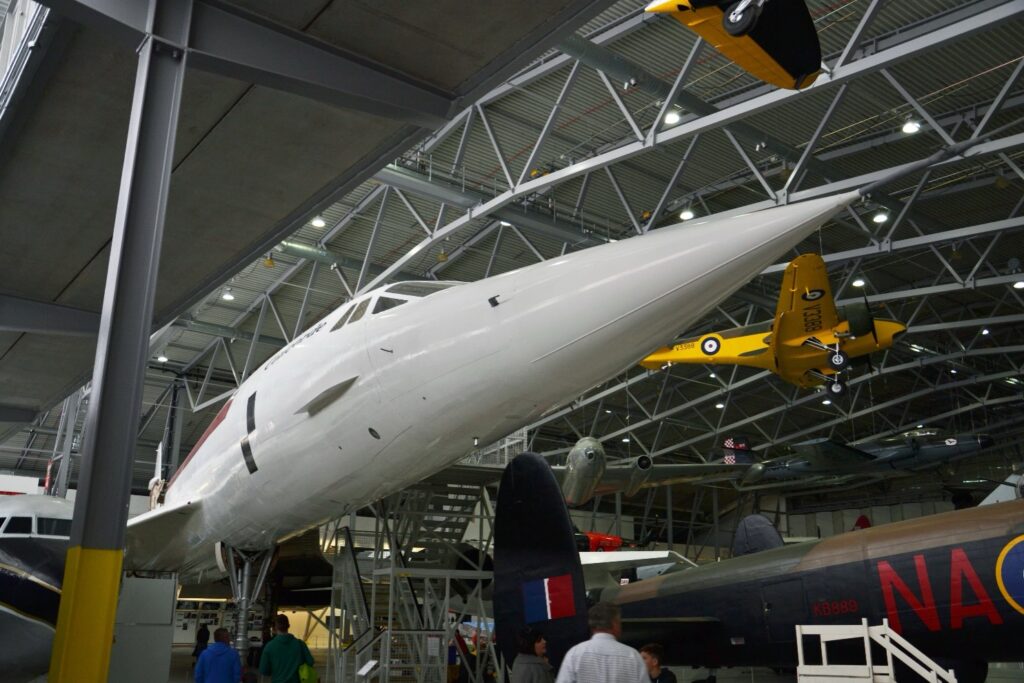
Step into the realm of maritime aviation at the Imperial War Museum Duxford, where the evolution of naval aviation unfolds before your eyes. Among the museum’s prized exhibits are historic aircraft carriers, seaplanes, and a dazzling array of maritime aviation technology that showcase the pivotal role of naval aviation in shaping military history. From the daring exploits of naval aviators to the technological advancements that revolutionized aerial warfare, the museum offers a comprehensive exploration of this dynamic aspect of maritime heritage.
At the heart of the museum’s maritime exhibits stand towering aircraft carriers, the floating fortresses that transformed the nature of naval warfare. These colossal vessels served as mobile airfields, projecting power across vast expanses of ocean and enabling rapid deployment of aircraft to distant theatres of operation. With their ability to launch and recover aircraft at sea, aircraft carriers fundamentally altered the dynamics of naval engagement, ushering in a new era of force projection and tactical flexibility.
Among the aircraft on display are iconic seaplanes that played a vital role in reconnaissance, anti-submarine warfare, and maritime patrol missions. These versatile aircraft were capable of operating from both land bases and the decks of aircraft carriers, providing critical support to naval operations across the globe. Through interactive exhibits and immersive displays, visitors gain a deeper appreciation for the bravery and skill of naval aviators who braved the perils of the open skies in defence of their nations.
The story of naval aviation is not merely one of technological innovation, but of strategic foresight and adaptability in the face of evolving threats. From the early experiments with aircraft launched from makeshift platforms to the sophisticated carrier-based operations of the modern era, the history of naval aviation is a testament to human ingenuity and the relentless pursuit of mastery over the seas and skies. As we marvel at the feats of engineering and courage on display, we are reminded of the enduring impact of naval aviation on military history and the ever-changing nature of maritime warfare.
The Royal Navy Submarine Museum, Gosport, UK

Prepare to descend into the depths of naval history as you explore the riveting exhibits on submarine warfare at The Royal Navy Submarine Museum. From the claustrophobic confines of historic submarines to the cutting-edge innovations that define modern undersea warfare, the museum offers a captivating journey through the challenges and triumphs of underwater combat. As an enthusiast of maritime history and technology, I find myself drawn into the fascinating evolution of submarine technology and tactics.
Step aboard historic submarines and experience first-hand the cramped quarters and harsh conditions endured by submariners of yesteryear. Through immersive tours and interactive displays, visitors gain insight into the daily lives of these intrepid sailors, from the monotony of extended patrols to the adrenaline-fuelled moments of combat. As you navigate the narrow passageways and peer through the periscopes of these historic vessels, you’ll gain a newfound appreciation for the courage and resilience of those who served beneath the waves.
Delve into the challenges and innovations that have shaped the course of underwater warfare throughout history. From the early experiments with primitive submersibles to the development of stealthy nuclear-powered submarines, each technological advancement has brought new capabilities and complexities to the undersea battlefield. As you explore the museum’s exhibits, you’ll encounter the ingenuity of submarine designers and the ingenuity of submariners who pioneered tactics and techniques to overcome the unique challenges of operating beneath the surface.
Reflect on the profound impact that submarines have had on naval warfare and global geopolitics. As silent predators lurking beneath the waves, submarines have revolutionized maritime strategy, offering stealthy surveillance, strategic deterrence, and potent offensive capabilities. From the Cold War standoff of nuclear-powered submarines to the modern-day cat-and-mouse games of stealthy hunter-killers, the role of submarines in shaping the course of history cannot be overstated. As you ponder the legacy of submarine warfare, you’ll gain a deeper understanding of its enduring significance in the annals of naval history.
The Cutty Sark, Greenwich, UK

Embark on a voyage through time aboard the legendary Cutty Sark, a renowned clipper ship that has stood the test of time as a symbol of maritime prowess and adventure. Originally built in 1869 to ply the trade routes between Britain and the Far East, the Cutty Sark epitomised the golden age of sail, renowned for her sleek lines, formidable speed, and daring voyages across the world’s oceans. Today, this historic vessel has been lovingly preserved and transformed into a museum that celebrates the age of sail and educates visitors about its enduring legacy.
Step aboard the decks of the Cutty Sark and immerse yourself in the rich tapestry of maritime history that unfolds before you. From the soaring masts and billowing sails to the meticulously restored interiors, every aspect of the ship offers a glimpse into the seafaring adventures of generations past. As you explore the museum, you’ll encounter interactive exhibits that bring the ship’s storied past to life, allowing you to experience the thrill of life aboard a 19th-century clipper first-hand.
One of the key features of the Cutty Sark museum is its extensive collection of maritime artifacts, which includes everything from navigational instruments and ship models to personal belongings of the crew. These artifacts offer invaluable insights into the daily lives of sailors and the challenges they faced on their voyages around the globe. Additionally, the museum is home to a charity dedicated to preserving the legacy of the Cutty Sark and promoting maritime education and heritage conservation.
Beyond its historical significance, the Cutty Sark continues to inspire and influence modern sailing enthusiasts around the world. Her legacy lives on in the hearts of sailors who continue to seek adventure on the high seas, drawing inspiration from her daring exploits and indomitable spirit. As you stand on the deck of this iconic vessel, you’ll feel a connection to the sailors of old and a profound appreciation for the enduring allure of the sea.
The Vasa Museum, Stockholm, Sweden

Embark on a journey through the annals of maritime history as we unravel the captivating tale of the Vasa, a Swedish warship that met a tragic fate in 1628 only to be resurrected from the depths centuries later. Commissioned by King Gustavus Adolphus of Sweden as a symbol of naval might, the Vasa was intended to strike fear into the hearts of her enemies with her towering masts and formidable firepower. However, her maiden voyage ended in disaster when she capsized and sank just moments after setting sail from Stockholm harbour.
For centuries, the Vasa lay forgotten beneath the icy waters of the Baltic Sea, her story shrouded in mystery and intrigue. Yet, in 1961, her sunken remains were discovered by a team of archaeologists and painstakingly raised from the seabed. Miraculously preserved in the cold, oxygen-deprived waters, the Vasa emerged from her watery grave as a time capsule of 17th-century naval craftsmanship and engineering.
Today, the Vasa Museum stands as a testament to the remarkable preservation efforts that have brought this historic vessel back to life. Housed within a purpose-built museum in Stockholm, the Vasa’s towering hull looms large, her intricate carvings and ornate decorations still intact despite centuries beneath the waves. Visitors to the museum are treated to a rare glimpse into the past as they wander the decks of the Vasa and explore its meticulously reconstructed interiors.
The museum’s efforts to preserve and display the Vasa and its artifacts are nothing short of extraordinary, offering a window into the fascinating world of maritime archaeology and conservation. Through innovative exhibits and interactive displays, visitors can delve into the history of the Vasa and the lives of those who sailed aboard her. From the intricacies of shipbuilding to the tragic events that led to her demise, the Vasa Museum offers a comprehensive exploration of one of the most iconic ships in maritime history.
Het Scheepvaartmuseum (National Maritime Museum), Amsterdam, Netherlands

Embark on a voyage through the annals of Dutch maritime history at Het Scheepvaartmuseum, where the legacy of seafaring exploration and trade comes to life in vivid detail. Situated within a historic building dating back to the 17th century, the museum serves as a fitting tribute to the Netherlands’ rich maritime heritage and its role as a global maritime powerhouse. As you wander through the museum’s exhibits, you’ll be transported back in time to an era of daring voyages, bustling ports, and thriving trade networks.
One of the highlights of the museum is its extensive collection of maritime artifacts, which offer a fascinating glimpse into the daily lives of sailors and traders in centuries past. From intricately carved ship models to navigational instruments and nautical charts, each artifact tells a story of adventure and exploration on the high seas. Interactive displays allow visitors to immerse themselves in the world of Dutch maritime history, providing insights into the challenges and triumphs of seafaring life.
One notable artifact on display is the replica of the Dutch East India Company ship Amsterdam, a towering symbol of the Netherlands’ dominance in global trade during the Golden Age of Sail. Visitors can explore the ship’s meticulously reconstructed interiors and learn about the arduous journeys undertaken by Dutch sailors to distant lands in search of exotic spices, silks, and riches. Through interactive exhibits, visitors can experience the sights, sounds, and smells of life aboard a 17th-century sailing vessel, gaining a deeper appreciation for the hardships endured by those who sailed the world’s oceans.
As you delve deeper into the museum’s exhibits, you’ll discover the pivotal role that Dutch exploration and trade played in shaping the course of world history. From the establishment of far-flung colonies to the development of innovative maritime technologies, the Netherlands’ seafaring legacy continues to resonate to this day. Whether you’re a seasoned sailor or an armchair adventurer, Het Scheepvaartmuseum offers a captivating journey through the captivating world of Dutch maritime history, trade, and exploration.
The Maritime Museum of Barcelona, Barcelona, Spain
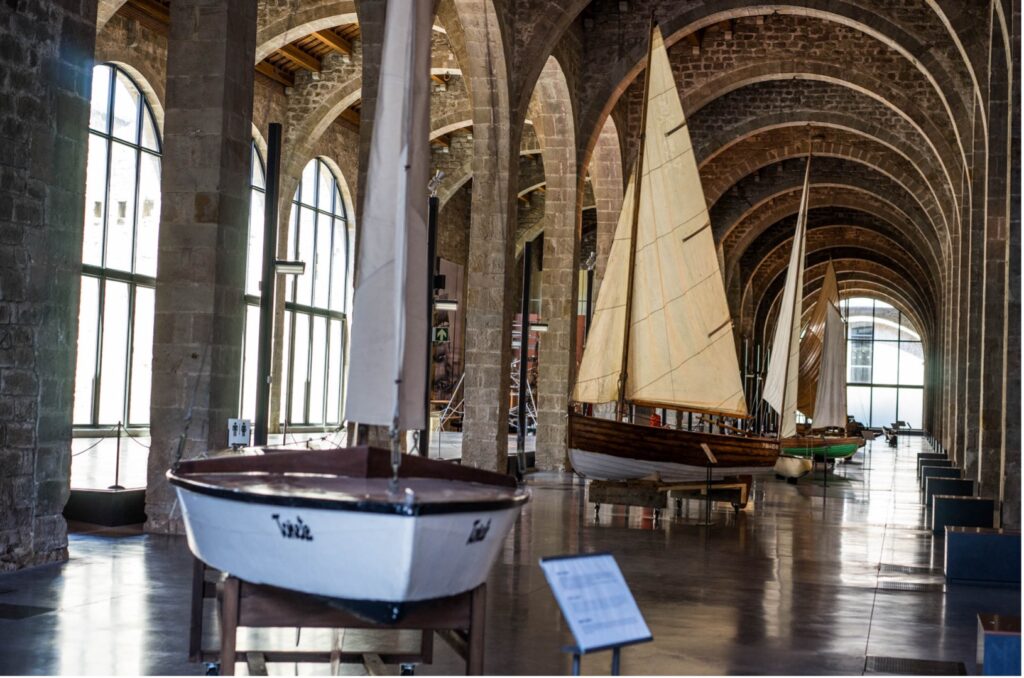
Embark on a captivating exploration of Catalonia’s maritime history at The Maritime Museum of Barcelona, nestled within the historic Royal Arsenal of Barcelona. This venerable institution pays homage to Catalonia’s seafaring legacy through its extensive collections of ship models, navigational instruments, and historic vessels. As you step through the museum’s doors, you’ll be transported back in time to an era when Catalonia was a thriving hub of maritime activity, its ships traversing the Mediterranean in search of trade, adventure, and conquest.
One of the museum’s most striking features is its collection of meticulously crafted ship models, which offer a detailed glimpse into the design and construction of Catalan vessels throughout the ages. From sleek galleys to imposing warships, each model tells a story of innovation and craftsmanship, reflecting the ingenuity of Catalan shipbuilders and the maritime traditions that have endured for centuries. Visitors can marvel at these miniature masterpieces and gain a deeper understanding of the evolution of Catalan shipbuilding techniques over time.
Navigational instruments play a crucial role in Catalonia’s maritime history, guiding sailors across the treacherous waters of the Mediterranean and beyond. The museum’s collections include a diverse array of compasses, astrolabes, and sextants, offering insight into the tools and techniques used by navigators to chart their course and navigate by the stars. Interactive displays allow visitors to try their hand at celestial navigation, experiencing first-hand the challenges faced by sailors of old as they ventured into uncharted waters.
The Maritime Museum of Barcelona’s location within the historic Royal Arsenal of Barcelona adds an extra layer of significance to its collections, immersing visitors in the rich maritime heritage of the city. Originally built in the 13th century to support Catalonia’s burgeoning maritime trade, the Royal Arsenal played a central role in the city’s economic and military affairs for centuries. Today, the museum stands as a fitting tribute to Catalonia’s seafaring past, offering a window into the maritime traditions that have shaped the region’s identity over the centuries.
The Merseyside Maritime Museum, Liverpool, UK
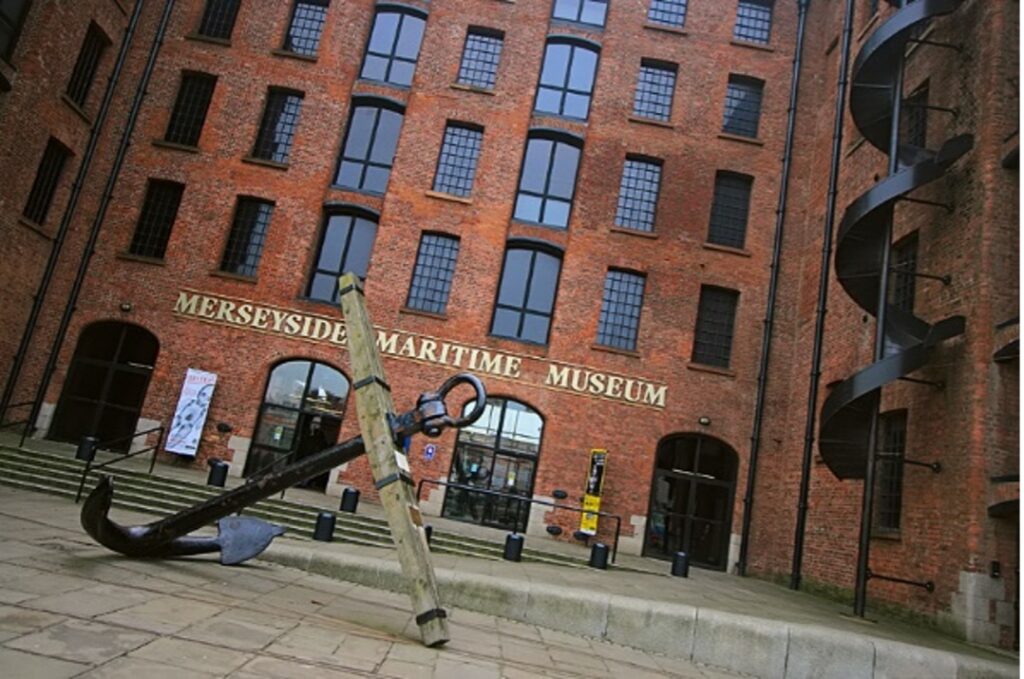
Step into the storied past of Liverpool’s maritime history at The Merseyside Maritime Museum, where the echoes of centuries-old seafaring endeavours still resonate within its walls. This esteemed institution offers a comprehensive overview of Liverpool’s maritime legacy, from its pivotal role in the transatlantic slave trade to its prominence as a centre of shipbuilding and maritime commerce. As you navigate through the museum’s exhibits, you’ll embark on a journey through time, exploring the triumphs and tribulations of Liverpool’s maritime past.
One of the museum’s most poignant exhibits delves into Liverpool’s involvement in the transatlantic slave trade, a dark chapter in the city’s history that cannot be overlooked. Through powerful displays and thought-provoking artifacts, visitors are confronted with the harsh realities of the slave trade and the profound impact it had on countless lives. From shackles and branding irons to personal accounts of enslaved individuals, these artifacts serve as stark reminders of the atrocities committed in the name of profit and power. As we confront this painful legacy, we are reminded of the importance of acknowledging the past and working towards a more just and equitable future.
Beyond its role in the slave trade, Liverpool’s maritime history is also characterized by its contributions to shipbuilding and maritime commerce. The museum’s exhibits showcase the city’s bustling docks and thriving maritime industries, highlighting the ingenuity and innovation of Liverpool’s shipbuilders and seafarers. Visitors can marvel at scale models of historic vessels, explore the inner workings of a Victorian dockyard, and learn about the challenges and triumphs of life at sea.
Throughout the museum, notable artifacts and displays provide insight into Liverpool’s seafaring legacy, from the opulent furnishings of luxury liners to the humble tools of dockworkers and sailors. Each artifact tells a story of adventure and enterprise, offering a glimpse into the lives of those who shaped Liverpool’s maritime destiny. As we reflect on Liverpool’s maritime history, we are reminded of the enduring spirit of exploration and discovery that has propelled humanity forward. Through education and understanding, we can honour the past while striving to build a better future for all.
Final Thoughts
As we come ashore from our voyage through the maritime museums of the UK and Europe, we are left with a profound appreciation for the indelible mark that seafaring has left on human civilisation. From the majestic clipper ships of the 19th century to the sleek submarines of the modern era, the museums we’ve explored offer a window into the ingenuity, courage, and resilience of sailors past and present. Through their exhibits and artifacts, we’ve gained a deeper understanding of the challenges and triumphs of maritime exploration, trade, and warfare.
But our journey doesn’t end here. We invite you to join the conversation and share your thoughts, experiences, and insights on maritime history. Whether you’ve visited one of the featured museums, have a personal connection to the sea, or simply harbour a love for maritime adventure, we want to hear from you. Leave a comment below, engage with us on social media, or reach out via email to continue the discussion and connect with fellow enthusiasts of maritime heritage.
Together, let’s keep the spirit of maritime exploration alive, honouring the sailors and ships that have shaped our world and inspiring future generations to set sail on their own voyages of discovery. Fair winds and following seas to all who dare to embark on the journey of a lifetime. Until we meet again on the shores of adventure, may the call of the sea guide you on your next maritime odyssey.
References and Resources
Maritime Museums
- National Maritime Museum, Greenwich, UK: Explore Britain’s profound naval history and its influence on the modern world. Visit rmg.co.uk/national-maritime-museum for more details and exhibit information.
- The Historic Dockyard Chatham, UK: Delve into over 400 years of Britain’s maritime past. Learn more at thedockyard.co.uk.
- The Mary Rose Museum, Portsmouth, UK: Discover the Tudor ship and her fascinating artifacts at maryrose.org.
- Imperial War Museum Duxford, UK: For a comprehensive look into maritime aviation history, check out iwm.org.uk/visits/iwm-duxford.
- The Royal Navy Submarine Museum, Gosport, UK: Submerge into the world of submarines and their crews at nationalmuseumrn.org/rn-submarine-museum.
- The Vasa Museum, Stockholm, Sweden: Witness the 17th-century ship and its incredible story at vasamuseet.se/en.
- Het Scheepvaartmuseum, Amsterdam, Netherlands: Sail through Dutch maritime history at hetscheepvaartmuseum.nl.
- The Maritime Museum of Barcelona, Spain: Explore Catalonia’s maritime heritage at mmb.cat.
- The Merseyside Maritime Museum, Liverpool, UK: Discover Liverpool’s nautical past at liverpoolmuseums.org.uk/merseyside-maritime-museum.
Educational Resources
- Sea History Magazine: Published by the National Maritime Historical Society, offers insights into maritime heritage. Visit seahistory.org for subscription details.
- Maritime Heritage Network: An online directory of maritime history resources and organizations. Access at maritimeheritage.net.
- International Journal of Maritime History: Scholarly articles on maritime history that cater to researchers and enthusiasts alike. More information available at ijmh.sagepub.com.
Societies and Organizations
- National Maritime Historical Society: Join a community dedicated to preserving and promoting maritime history. Details at seahistory.org/about-nmhs.
- Council of American Maritime Museums (CAMM): Collaborating to preserve North America’s maritime history. Learn more at councilofamericanmaritimemuseums.org.
- European Maritime Heritage: Aiming to safeguard maritime heritage across Europe. Visit european-maritime-heritage.org for membership info.

